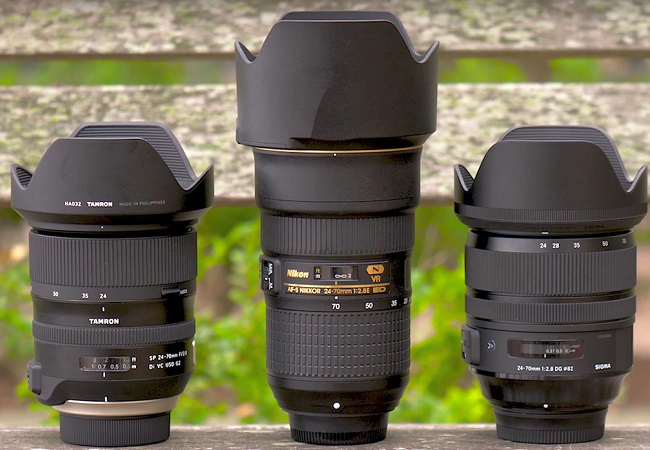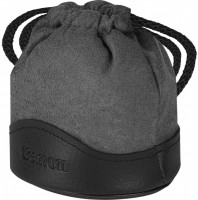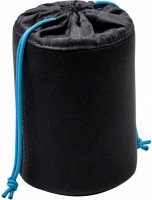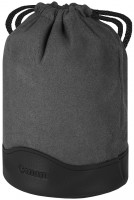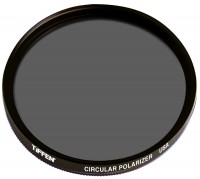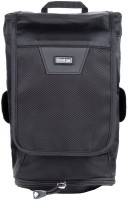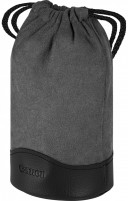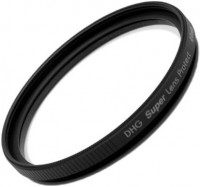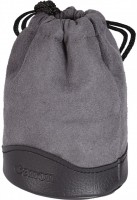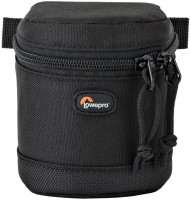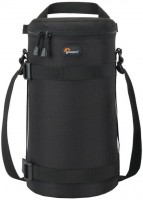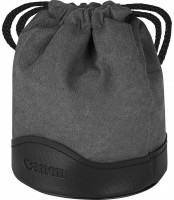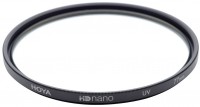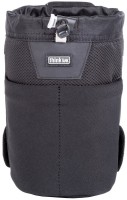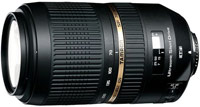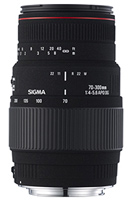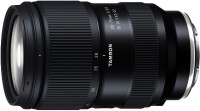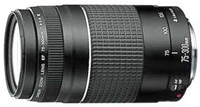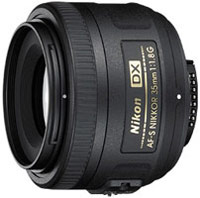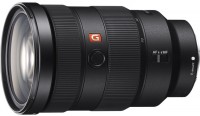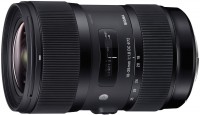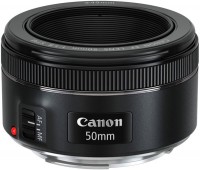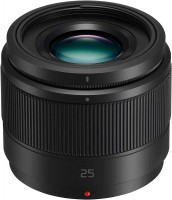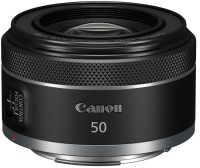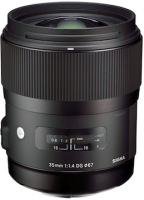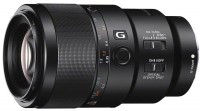Nikon 70-300mm f/4.5-6.3G AF-P DX ED Nikkor
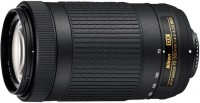 |
Nikon 70-300mm f/4.5-6.3G AF-P DX ED Nikkor | |||||||||||||||||||||||||||||||||||
| |||||||||||||||||||||||||||||||||||
Always clarify the specifications and configuration of the product with the online store manager before purchasing.
Catalog Nikon 2025 - new arrivals, bestsellers, and the most relevant models Nikon.
Buy Nikon 70-300mm f/4.5-6.3G AF-P DX ED Nikkor
Nikon 70-300mm f/4.5-6.3G ED AF-P DX NIKKOR Lens 20061 | $193.00 | ||||
Nikon 70-300mm f/4.5-6.3G ED AF-P DX NIKKOR VR Lens 20062 | $227.00 | ||||
| $176.00 | |||||
| $309.00 | |||||
| $232.00 | |||||
The “ceiling” for a staff member under the lion’s eye of amateur DSLRs is the focal length of 55 mm. You can make the “carcass” of the camera more far-sighted by using the Nikon AF-P DX Nikkor 70-300mm f / 4.5-6.3G zoom lens.
Long distances
Optics of this kind are good at long-range distances: when the task is to capture shy animals or birds, “click” an object at a considerable distance from the selected position, or shoot a close-up scene. The initial zoom positions of 70-300mm are also attractive for portrait photography.
Connection points
By the standards of telephoto lenses, the lens turned out to be light (about 400 g) and compact (72x125 mm). However, in the process of zooming, it is robustly increased in size due to the retractable "trunk". The lens is docked with the “body” of the camera through a plastic bayonet mount, so when installing and removing the telephoto lens, care must be taken not to inadvertently damage the fastener.
stepper motor
The main advantage of the model is the step-type autofocus drive AF-P, which is busy with issues of quick and tenacious aiming at the target. In fact, it is a cut above the old-school AF-S motor, but not all entry-level DSLRs under the sign of the Japanese brand are trained in the principles of interaction with the updated drive. For example, cameras not of the first freshness in the manner of Nikon D3200 and Nikon D5100 with a lens will not find a common language. But the models released after them will receive a guest in the face of the Nikon AF-P DX Nikkor 70-300mm f / 4.5-6.3G with open arms.
Supplement "whale"
The telephoto belongs to the genus of low-cost optics, so you can’t count on a high aperture in this case. The maximum aperture of the lens floats from f/4.5 at the short end to f/6.3 at the telephoto end. At focal lengths close to the largest, the vast majority of shooting will have to be done from a tripod in order to avoid blurring the frame. The optical stub partly solves the problem, but only the older version of the lens is equipped with it — Nikon AF-P DX Nikkor 70-300mm f / 4.5-6.3G VR. Anyway, the lens will be of interest to the public, and, first of all, thanks to the tasty price tag. In addition, amateur photographers get along with it an excellent addition to whale optics.

